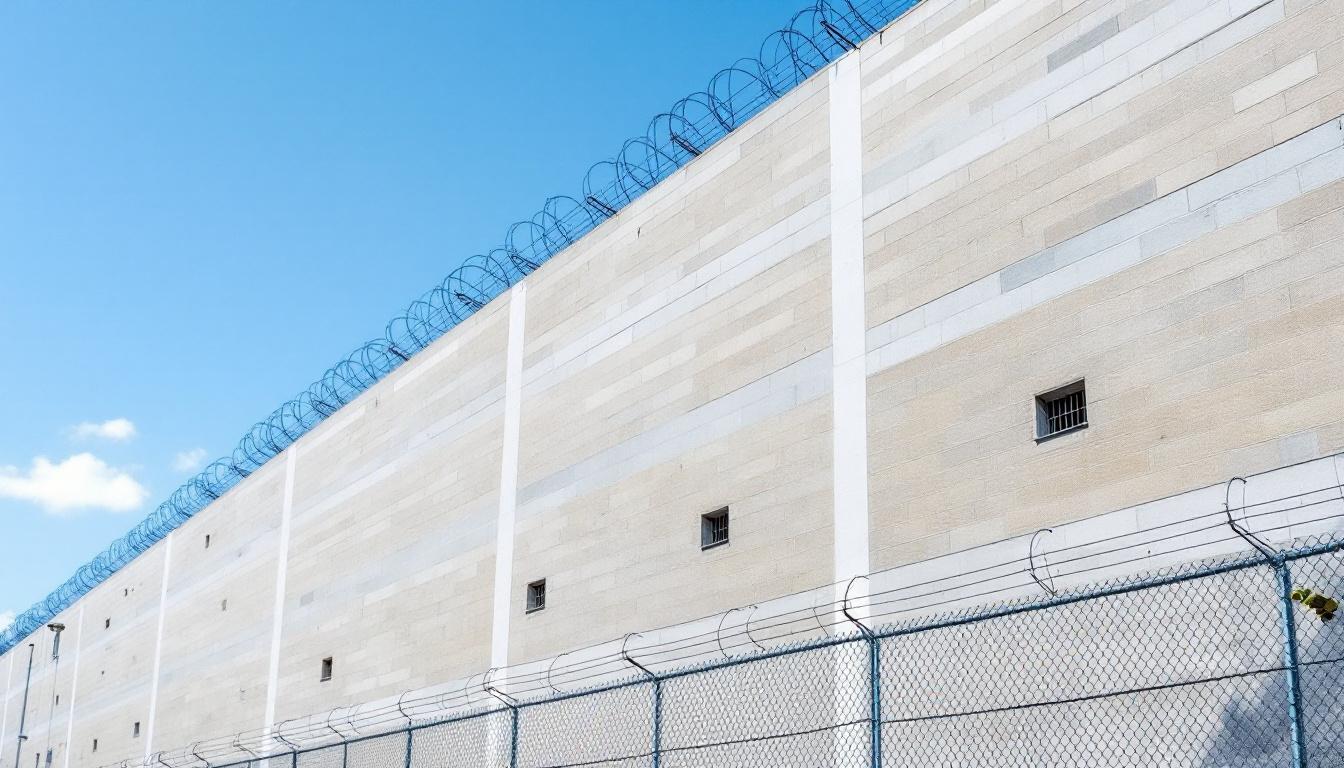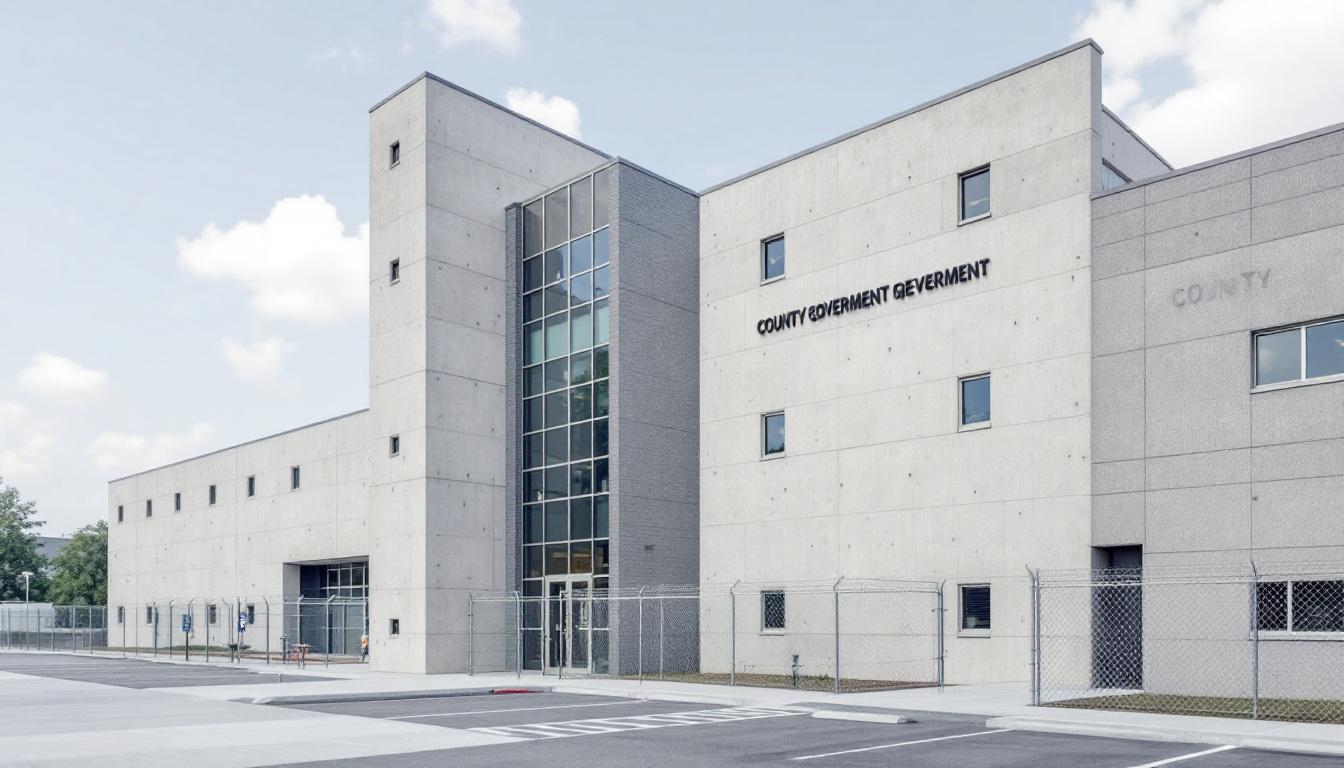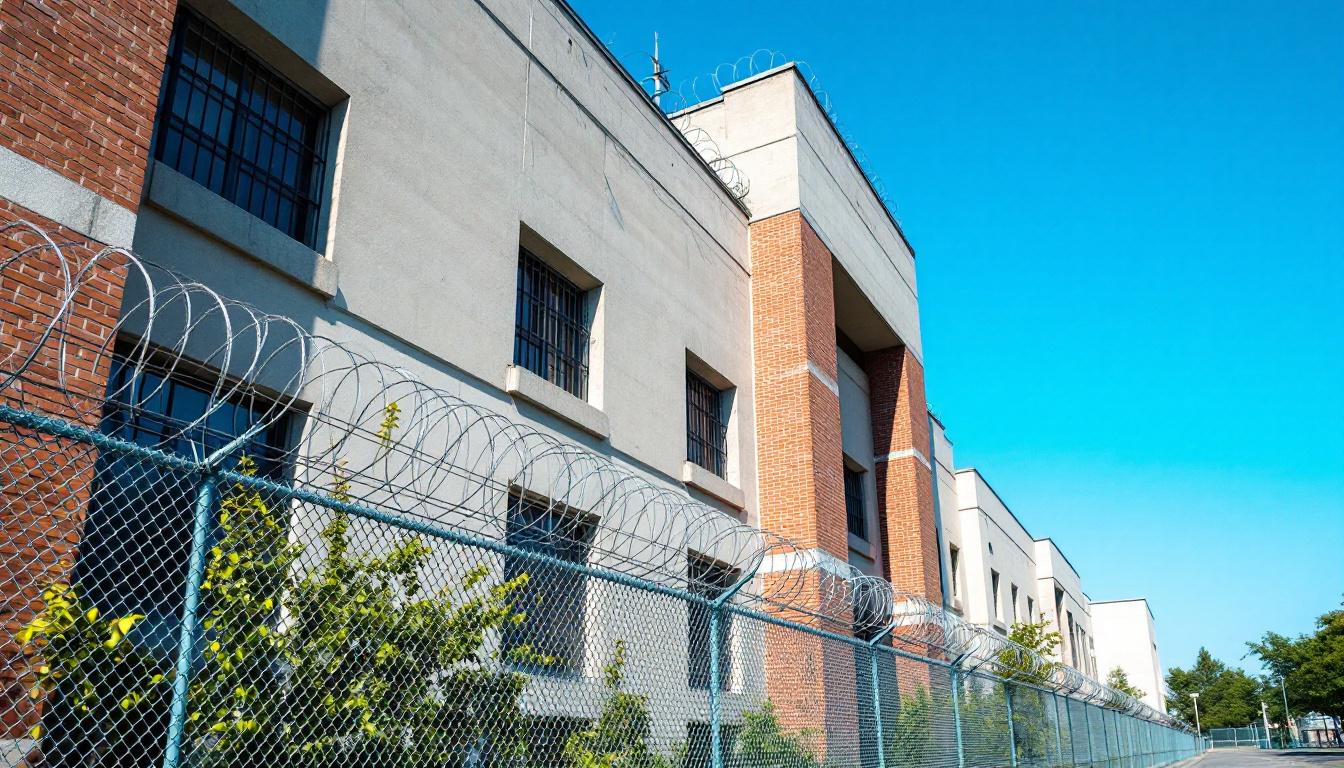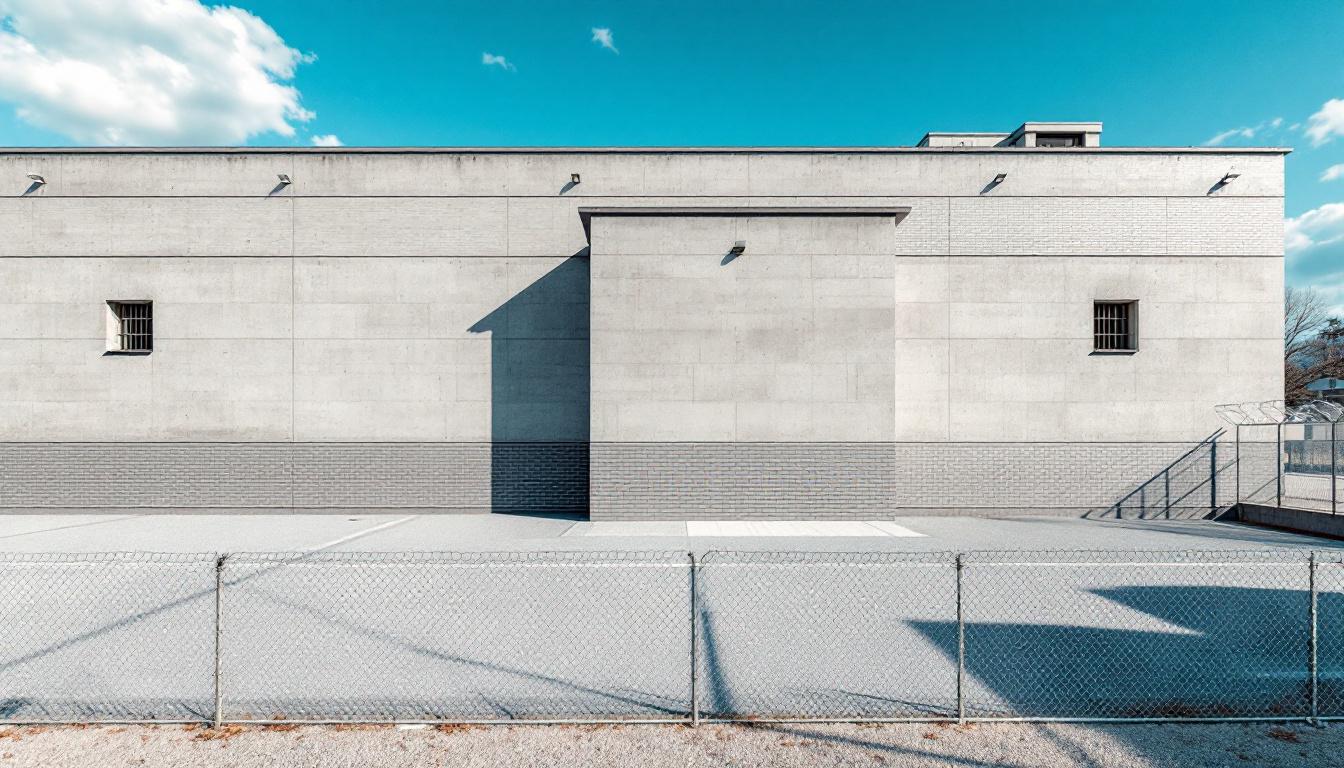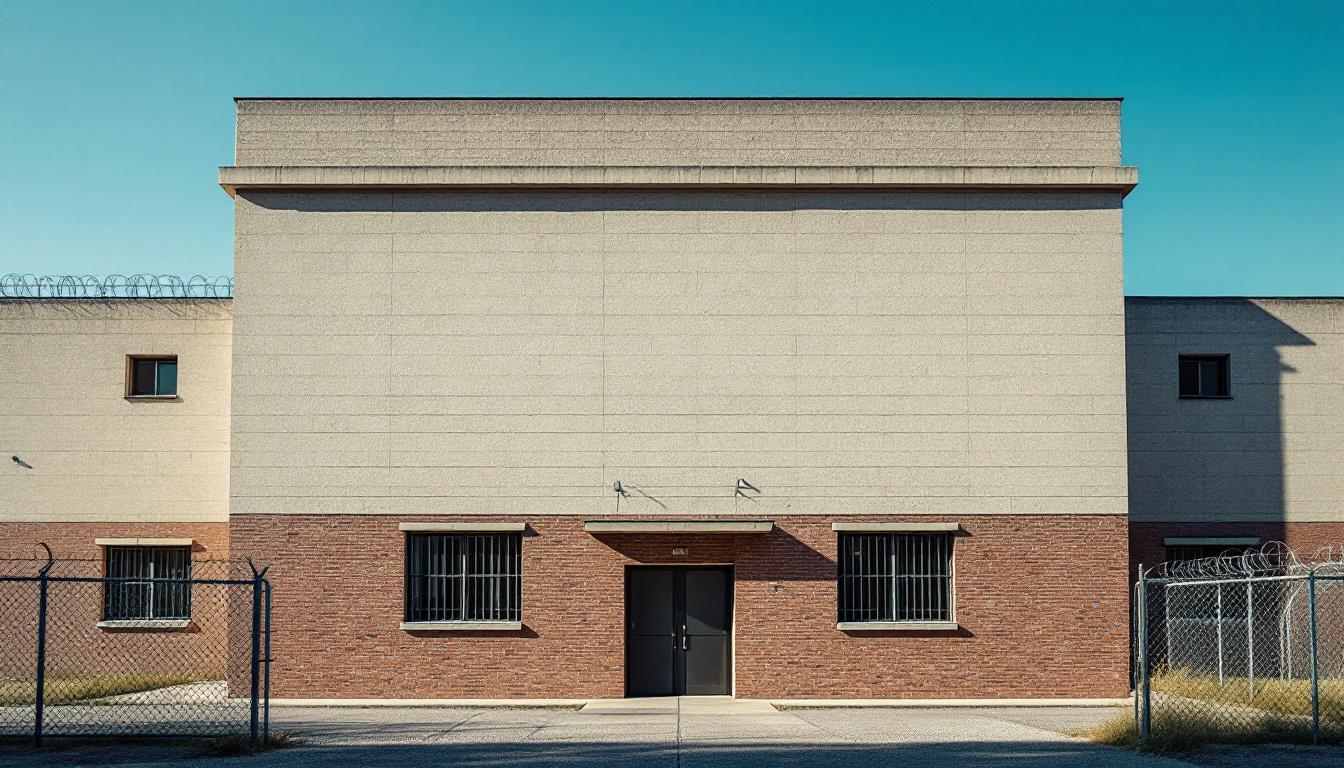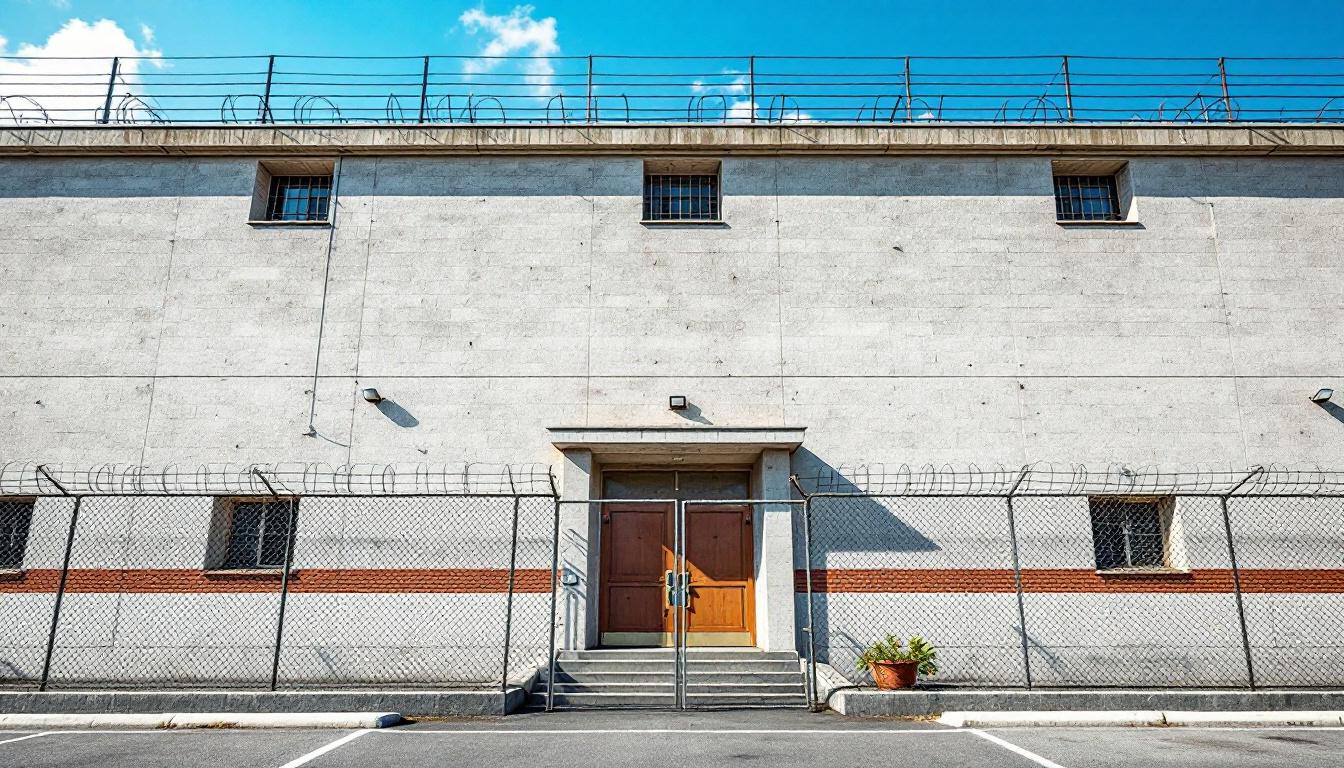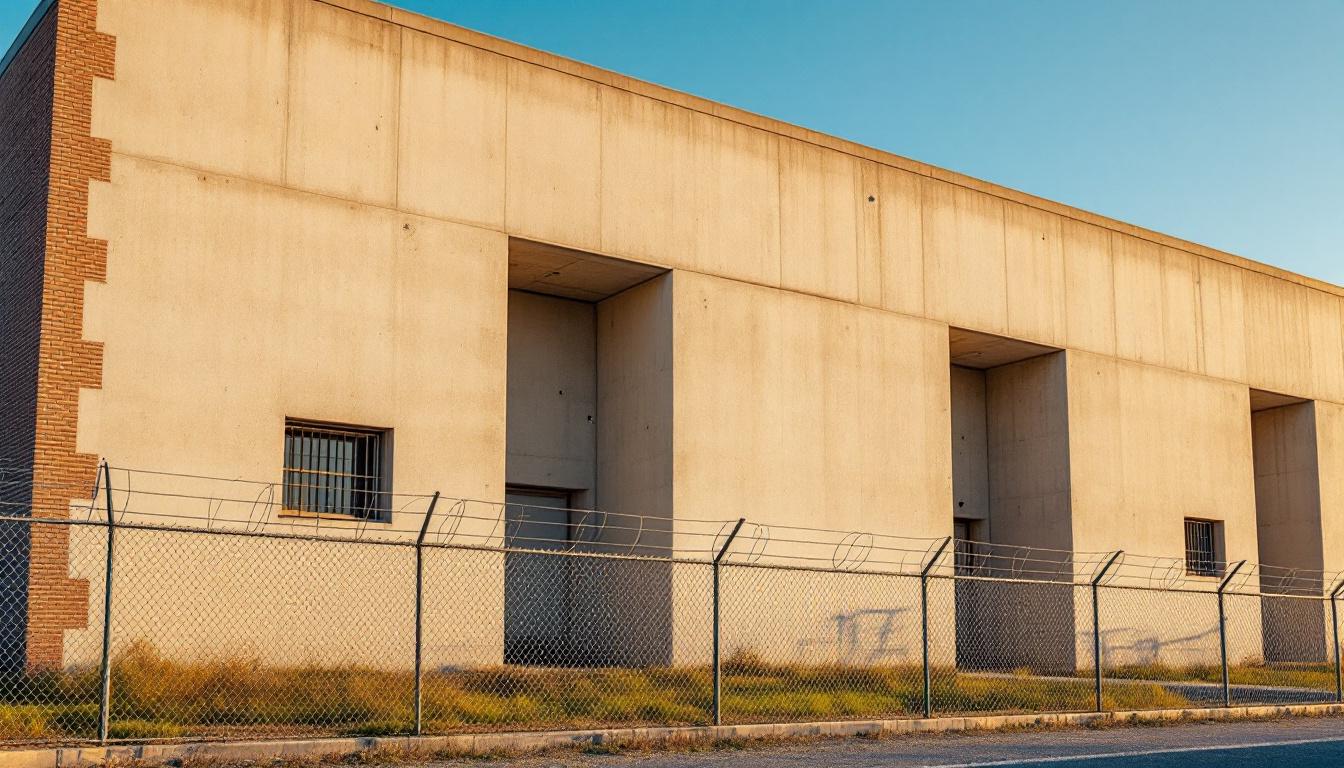
Quick Navigation
How to contact an inmate at Glen Ray Goodman Transfer Facility
This comprehensive guide will walk you through how to connect with an inmate at Glen Ray Goodman Transfer Facility. Follow the steps below to find an inmate and send letters and photos:
- Search for the inmate using our search tool below
- Create your account or log in to Penmate
- Write your message (up to 6,000 characters)
- Send instantly - inmates receive printed copies daily
Find an Inmate
Search for an inmate to start communicating today
Tip: You can search by first name, last name, or inmate ID number
To contact a person at Glen Ray Goodman Transfer Facility start by searching for the person on the official facility website. Perform a search by following these steps:
- Step 1: Enter their first name and last name into the search form and click "Search"
- Step 2: Locate their inmate record
- Step 3: Write down their Inmate ID and any housing information provided
Important! Be sure to enter the person's full name. Nicknames should not be used.
How to Send Messages to Inmates

You can use your phone or computer to send emails, letters, and photos to an inmate. Messages are sent electronically to inmate tablets or kiosks at the facility. If you would like to send a message, start by searching for an inmate at Glen Ray Goodman Transfer Facility.
Sending Photos and Postcards

A great way to send love and support to a loved one at Glen Ray Goodman Transfer Facility is to send photos and postcards. It only takes a few minutes to send photos from your phone and it makes a huge difference. You can also mail postcards with words of support and inspiration, or design your own postcard for special moments like birthdays and holidays.
Important! Be sure not to send any explicit photos or they may not be approved by the facility. You can also use a photo printing app like Penmate to make sure your photos are printed at the correct size (4x6 or 3x5) and are mailed according to the rules and regulations of Glen Ray Goodman Transfer Facility.
Frequently asked questions about Glen Ray Goodman Transfer Facility
-
How long does it take to deliver a message?
If you're sending an email message your letter is usually delivered within 24-48 hours. For messages sent via mail you should expect delivery within 3-7 days. All messages will need be approved by Glen Ray Goodman Transfer Facility.
-
How much does it cost to send a message to Glen Ray Goodman Transfer Facility?
You can send a message free using your phone or mail a message via USPS for the price of a $0.60 stamp and envelope. You can also purchase credits or e-stamps from services starting at $1.99.
-
What services can I use to contact an inmate at Glen Ray Goodman Transfer Facility?
Penmate
You can use Penmate to send letters and photos to an inmate from your phone. It's an easy way to stay in touch during your loved one's incarceration. Use the inmate locator to find an inmate's location and contact information, then you can send messages within a few minutes.
Securus messaging
Securus may be another option for communicating with an inmate at Glen Ray Goodman Transfer Facility. You can create a friends and family account and purchase credits to send messages. All messages will be reviewed and must be approved by the facility.
JPay
Some county jails and state prisons may support sending messages with JPay. You must register an account with the system, find your loved one, and purchase stamps to send messages. For some locations you can also attach photos.
Smart Jail Mail
You may also check if Smart Jail Mail is available at Glen Ray Goodman Transfer Facility. Smart Jail Mail is operated by Smart Communications and has contracted with some state and county jails. After purchasing credits, your messages and photos are sent to the facility, printed out, and then handed out to your loved one.
-
What is the mailing address of Glen Ray Goodman Transfer Facility?
Mailing address:
Glen Ray Goodman Transfer Facility
349 U.S. Hwy 190
Jasper, TX 75951
Phone: (409) 383-0012Business hours:
- Monday: 7:30 AM – 5:30 PM
- Tuesday: 7:30 AM – 5:30 PM
- Wednesday: 7:30 AM – 5:30 PM
- Thursday: 7:30 AM – 5:30 PM
- Friday: 7:30 AM – 5:30 PM
- Saturday: Closed
- Sunday: Closed
-
What are the visiting hours at Glen Ray Goodman Transfer Facility?
Visiting hours at Glen Ray Goodman Transfer Facility vary by housing unit and security level. Generally, visits are scheduled on weekends and holidays, with some facilities offering weekday visits. Contact the facility directly at (409) 383-0012 or check their website for the current visiting schedule. Visits typically last 30-60 minutes and must be scheduled in advance.
-
What items are prohibited when sending mail to Glen Ray Goodman Transfer Facility?
Prohibited items typically include: cash, personal checks, stamps, stickers, glitter, glue, tape, staples, paperclips, polaroid photos, musical or blank greeting cards, hardcover books, magazines with staples, and any items containing metal or electronics. Only send letters on plain white paper with blue or black ink. Photos must be printed on regular photo paper (no Polaroids). Always check with Glen Ray Goodman Transfer Facility for their specific mail policies.
-
How do I send money to an inmate at Glen Ray Goodman Transfer Facility?
You can send money to an inmate at Glen Ray Goodman Transfer Facility through several methods: 1) Online using JPay, Access Corrections, or the facility's approved vendor, 2) Money orders mailed directly to the facility with the inmate's name and ID number, 3) Kiosks located in the facility lobby, or 4) Over the phone using a credit or debit card. Fees vary by method, typically ranging from $2.95 to $11.95 per transaction.
-
Can I schedule a video visit with an inmate at Glen Ray Goodman Transfer Facility?
Many facilities now offer video visitation as an alternative to in-person visits. At Glen Ray Goodman Transfer Facility, video visits may be available through services like Penmate, Securus Video Connect, GTL, or ICSolutions. Video visits typically cost $10-20 for 20-30 minutes and must be scheduled in advance. You'll need a computer or smartphone with a camera and reliable internet connection. Contact the facility for their specific video visitation policies and approved vendors.
-
What identification do I need to visit an inmate at Glen Ray Goodman Transfer Facility?
All visitors must present valid government-issued photo identification such as a driver's license, state ID, passport, or military ID. Minors must be accompanied by a parent or legal guardian who can provide the minor's birth certificate. Some facilities require visitors to be on the inmate's approved visitation list, which may require a background check. Contact Glen Ray Goodman Transfer Facility for specific ID requirements and visitor approval procedures.
-
How can I find out an inmate's release date?
To find an inmate's release date at Glen Ray Goodman Transfer Facility, you can: 1) Use the online inmate search tool if available, 2) Call the facility's records department, 3) Contact the inmate's case manager or counselor, or 4) Have the inmate provide this information during a call or visit. For privacy reasons, some facilities only release this information to immediate family members.
Facility Overview
Contact Information
Glen Ray Goodman Transfer Facility349 U.S. Hwy 190
Jasper, TX 75951
Phone: (409) 383-0012
Official Website
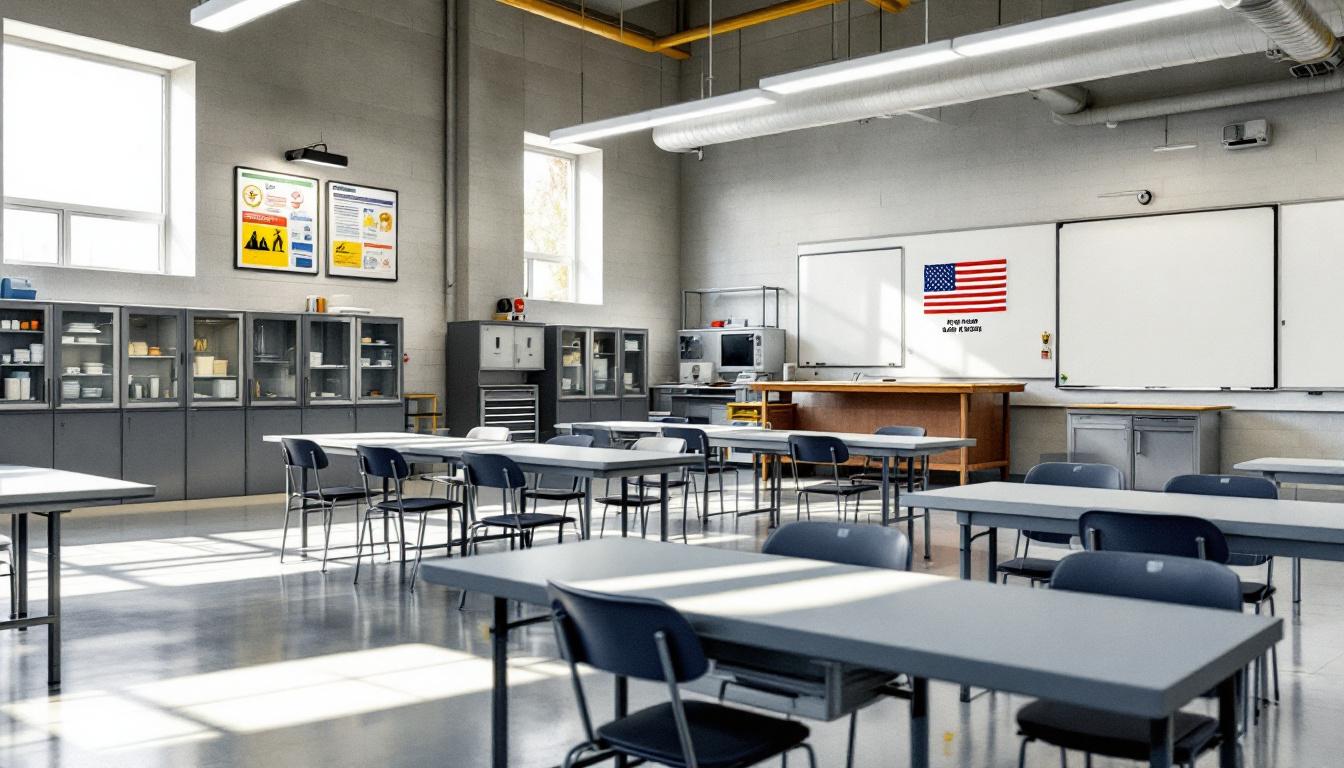
About Glen Ray Goodman Transfer Facility
Correctional facilities across Texas serve as structured environments where individuals work through the complex process of accountability and personal development, and the Goodman Unit, Tx represents this mission within the Dallas metropolitan area. This TX correctional facility operates as part of the state’s broader network of institutions designed to balance security requirements with meaningful opportunities for growth and preparation for eventual community reintegration.
The population services at this Dallas-area facility typically encompass various programs that may include educational advancement, vocational skill development, and counseling services aimed at addressing underlying issues that contribute to criminal behavior. Through a systematic approach to offender management and support, residents often participate in structured daily routines that emphasize personal responsibility while providing access to resources that can facilitate positive change. The facility’s location within the Dallas region allows for potential connections to urban support networks and family visitation opportunities that can be crucial elements in the rehabilitation process.
Within Texas’s correctional framework, facilities like Goodman Unit generally focus on creating environments where individuals can develop the tools and mindset necessary for successful community reentry. This process-oriented approach typically involves collaboration between correctional staff, program facilitators, and the individuals themselves to establish goals and work toward measurable progress in areas such as education, job readiness, and personal development. The supportive structure aims to help residents build the foundation they need to become productive community members while serving their sentences in a secure environment.
Programs & Services
Through comprehensive support initiatives, the population at Goodman Unit benefits from a carefully structured framework designed to foster personal growth and successful community reintegration. The facility’s approach emphasizes building foundational skills while addressing the diverse needs of individuals preparing for their eventual return to society. These multifaceted programs typically operate under the philosophy that meaningful change occurs when participants engage in purposeful activities that develop both practical competencies and personal accountability.
Educational and vocational opportunities form the cornerstone of the facility’s rehabilitative efforts, with vocational training programs that may supply participants with marketable skills essential for post-release employment. The automotive repair program often includes hands-on instruction in vehicle maintenance and repair techniques, while commercial driving (CDL) preparation typically provides comprehensive training for those seeking careers in transportation industries. These initiatives often emphasize the development of technical proficiencies alongside workplace readiness skills, creating pathways for economic stability upon reintegration.
Also integral to the supportive environment are work programs that typically allow the population to gain practical experience while contributing to facility operations and community service projects. Faith-based initiatives may supply spiritual guidance and community connection opportunities, often complemented by decision-making skills development that focuses on critical thinking and personal responsibility. These support services frequently incorporate elements designed to strengthen family relationships and community ties, recognizing that successful reintegration depends not dedicated on individual transformation but also on the rebuilding of meaningful social connections that extend beyond the facility’s boundaries.
Daily Life & Visitation

Systematic organization forms the backbone of every interaction and movement within the Goodman Unit, where carefully structured protocols guide the population through each segment of their day. Today’s routine typically begins with early morning count procedures, followed by consistently scheduled meal periods that occur in designated dining areas under supervised conditions. The population generally moves between housing areas, work assignments, and programming spaces according to predetermined schedules that supply predictability and order to institutional life.
Housing arrangements at the facility typically consist of multi-person cells or dormitory-style units, where residents share living spaces that include basic furnishings and storage areas for approved personal belongings. The population usually has access to commissary services on scheduled days, allowing them to purchase approved items that supplement standard-issue supplies. Also, dining arrangements generally involve structured meal times in common areas, where the population receives nutritionally planned meals that meet dietary requirements and accommodate certain medical or religious needs when appropriate.
Recreational opportunities typically include access to outdoor exercise areas, indoor recreation spaces, and organized activities that may encompass sports, fitness programs, and leisure time pursuits. However, participation in these activities often depends on housing classification, behavior records, and facility capacity. Work assignments generally supply structure through various institutional jobs that may include kitchen duties, maintenance tasks, laundry operations, and facility upkeep responsibilities. The population usually maintains family connections through scheduled visitation periods, telephone privileges during designated hours, and correspondence services, though these communication options typically operate within established security guidelines and monitoring procedures that ensure facility safety while supporting important family relationships.
Ready to Connect?
Start communicating with your loved one today
Search for an Inmate
